Ever tossed a heap of paprika into your dish, expecting a flavor explosion, only to find it lackluster? It might be time to reevaluate your spice choice.
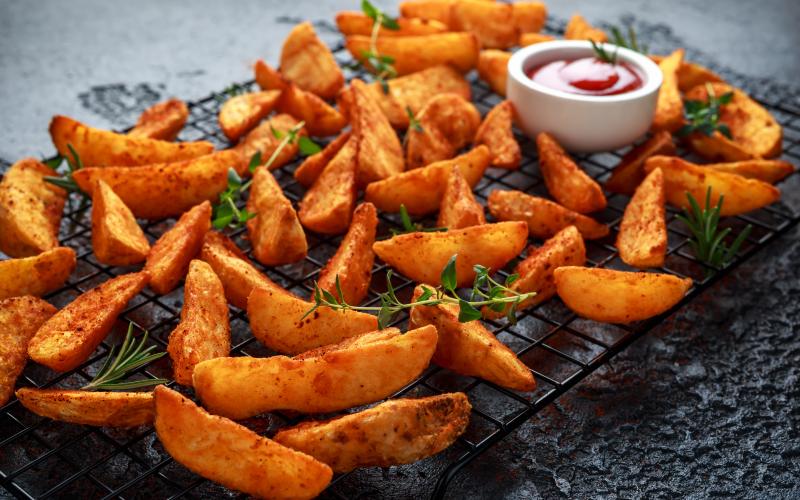
Regular paprika, while vibrant in color, often falls short on taste. On the flip side, smoked paprika brings a robust, smoky flavor that could be the game-changer your cooking needs.
Let’s break down the differences and find out which paprika truly spices up your culinary creations.
Highlights
- Elevate your cooking with the right paprika choice: Use smoked paprika for a smoky aroma in hearty stews and BBQ rubs, or regular paprika to subtly enhance traditional recipes without overpowering them.
- Sweet paprika deceives its name: It’s not about sugar but a lack of heat, offering a gentle touch that brightens dishes without the spice, perfect for adding color and subtle flavor.
- Tap into paprika’s health benefits: Rich in antioxidants and vitamins, paprika not only spices up your meals but also boosts your overall wellness, making every dish a step towards healthier living.
In this article:
Flavor Difference
Regular and smoked paprika both come from Capsicum annuum also known as red pepper, but they have different flavor profiles and uses.
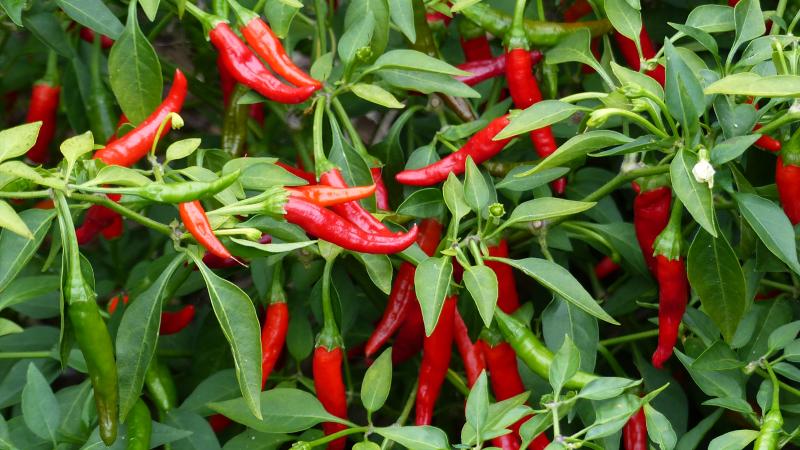
When choosing between regular and smoked paprika, your decision should depend on the desired flavor outcome of your dish.
If you want a smoky element, opt for smoked paprika. If you’re seeking color without altering the taste significantly, regular paprika would suffice.
Regular
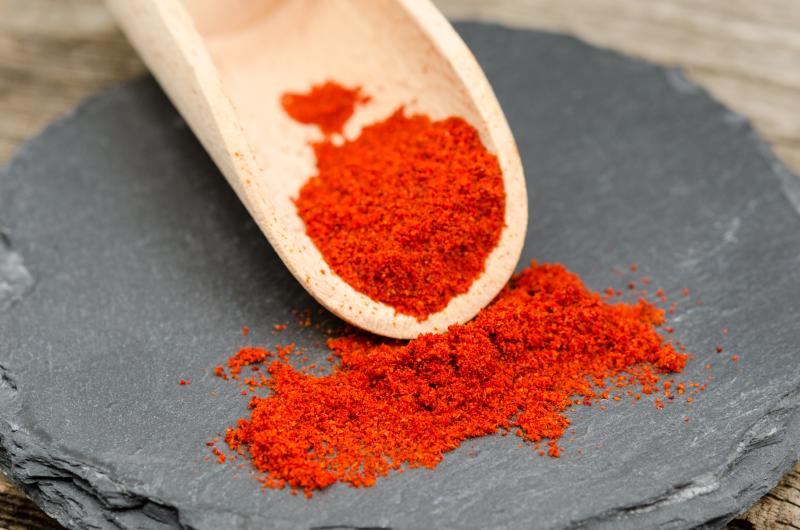
It’s commonly used for its color rather than its flavor because it is made primarily from the pericarp, the part of the pepper that encases and protects the seeds, with little to no seeds included.
Smoked
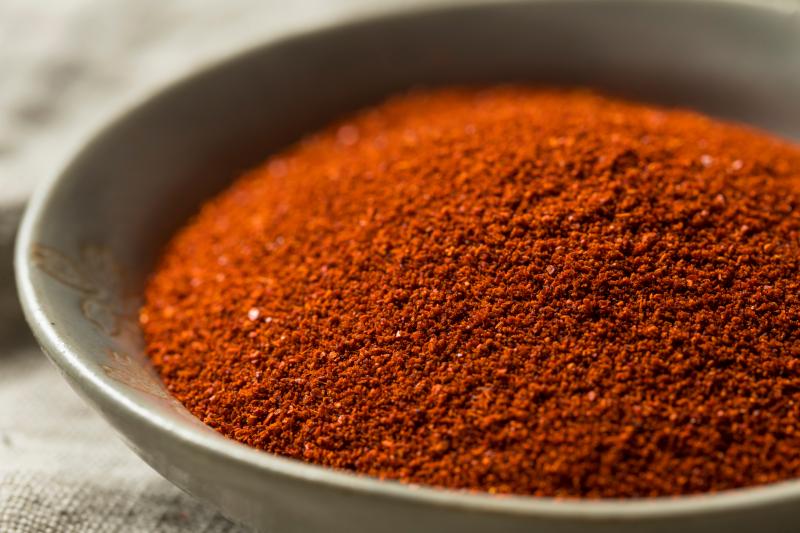
Smoked paprika, on the other hand, comes with an added smoky flavor because it is made from peppers that have been dried and smoked over a fire before being ground into a powder.
It can be found in two varieties: sweet smoked paprika and hot smoked paprika.
If a jar only says “smoked paprika” without specifying whether it’s sweet or hot, it’s typically the sweet smoked variety. Hot smoked paprika is specifically labeled as such and is spicy.
The smoking process imparts a robust, smoky flavor that’s like a campfire singalong in your mouth. It’s bold, assertive, and unapologetically smoky.
Is smoked paprika hotter than regular paprika?
Contrary to popular belief, smoked paprika isn’t inherently hotter than regular paprika. Its heat depends on the specific variety used.
In Spain, the home of Pimentón, you’ll find a range from sweet to fiery hot, though smoked hot paprika is a rarer find in the U.S.
Difference in Drying Process
Regular
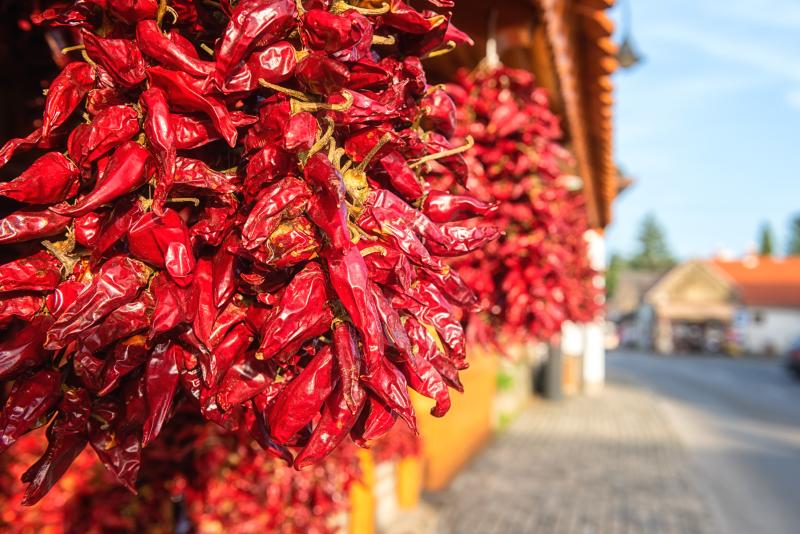
It all starts with Capsicum annuum peppers. For regular traditional paprika, varieties range from sweet bell peppers to milder chili peppers.
After harvesting, these peppers are air-dried. In Hungary, they’re often strung up in the sun, which gently dries them while retaining their natural color and sweetness.
Smoked
Smoked paprika uses similar peppers but focuses on those that respond well to smoke-drying.
In contrast, the peppers destined for smoked paprika undergo smoke-drying, commonly over oak wood. This process, especially prevalent in Spain’s La Vera region, imparts a deep, smoky flavor.
Common Paprika Types Available Worldwide
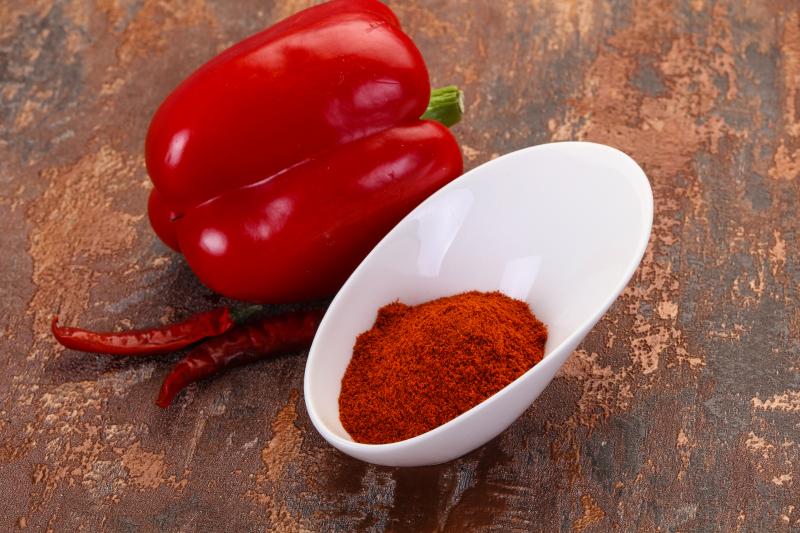
1. Regular
This variety is often a blend of various peppers and doesn’t lean heavily towards either the sweet or hot end of the flavor spectrum.
Its primary role is to add color and a mild pepper flavor to dishes without a significant heat or sweetness.
Often, when a recipe mentions regular or just paprika, it’s referring to what is also known as sweet paprika. The term “sweet” refers to the absence of heat, rather than a sugary flavor, distinguishing it from hotter varieties.
2. Smoked
Smoked paprika is celebrated for its deep, smoky flavor, achieved by smoke-drying peppers over oak wood.
This type of paprika comes in both sweet and hot varieties, offering a smoky depth to a range of dishes.
3. Hot
Hot paprika takes the heat up a notch. It’s made from peppers with higher capsaicin levels – a chili’s inner fire alarm: the higher they go, the more your taste buds have to evacuate!
This variety is perfect for those who enjoy a bit of heat in their dishes, adding both spiciness and a deeper flavor profile compared to its sweet counterpart.
4. Hungarian
Hungarian paprika is like the crown jewel of the paprika family, boasting several varietals, ranging from sweet and mild to spicy and hot. It stands out from generic one for its exceptional quality.
The heat level depends on the type of peppers used and whether the seeds and membranes (which contain the heat-producing compound capsaicin) are included in the production process.
The varieties include:
- Sweet (Édesnemes): This is the most common type, known for its bright red color and sweet flavor with no heat. It’s similar to what is often sold as ‘regular’ paprika in other countries.
- Hot (Erős): This version includes the seeds and inner membranes of the peppers, giving it a spicier kick.
- Other varieties: There are also several other grades in between these two extremes, offering varying degrees of heat and sweetness.
So, if you’re using Hungarian paprika and want a spicy flavor, look for a variety labeled as “hot” or “Erős.”
5. Spanish
Spanish paprika, or Pimentón, is renowned for its quality and distinctive smoky flavor. It’s available in various heat levels, including sweet, mild, and hot.
How to Cook With Paprika
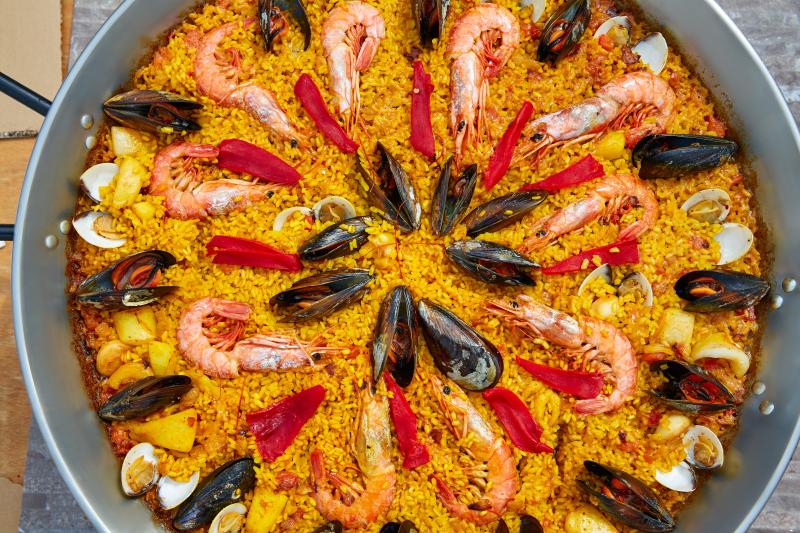
Regular paprika might be used to simply add color or a touch of sweetness to dishes, while smoked paprika is chosen for its distinctive smoky taste, which can enhance the flavor complexity of a recipe.
But you have to know when to use bold strokes and when to add just a subtle touch. Here are some tips to master the art of cooking with these vibrant spices:
1. Regular (Sweet)
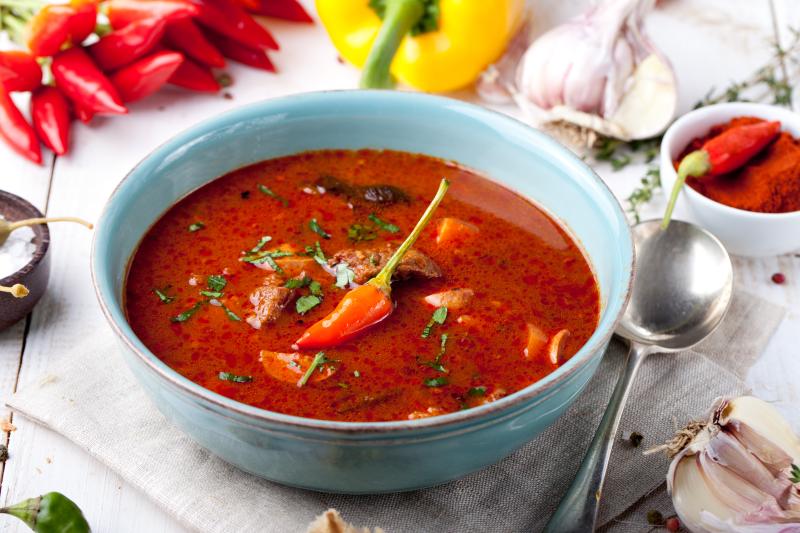
Best Uses
Regular paprika shines in dishes where you want a mild, fruity flavor without the smoky punch. It’s perfect for classic Hungarian dish Goulash, creamy sauces, or even to sprinkle on deviled eggs.
When to Add
Add paprika earlier in the cooking process to allow its subtle flavors to infuse the dish. However, avoid high heat, as it can turn bitter.
Substitutions
If you’re out of sweet paprika, a pinch of turmeric or a mild chili powder can be a good substitute, offering color and a hint of spice without overpowering the dish.
2. Smoked Paprika

Best Uses
Smoked paprika is the go-to spice for dishes that need a robust, smoky flavor. It’s a star in barbecue rubs, stews, and anything grilled. It can also give vegetarian dishes a hearty boost.
When to Add
Smoked paprika is best added later in the cooking process. The smoke flavor is potent and can become overwhelming if cooked for too long.
Substitutions
If smoked paprika isn’t on hand, a combination of regular paprika and a pinch of cumin or chipotle powder can mimic its smoky depth.
General Tips
- Both sweet and smoked paprika pair well with garlic, onion, cumin, and thyme. Experiment to find your favorite combinations.
- Remember, it’s easier to add more than to fix a dish that’s become too spicy or smoky. Start with a little and adjust to taste.
Paprika May Help Improve Your Health
Paprika isn’t just a flavor enhancer, it’s a health booster too! It contributes significantly to your health, making it a spice rack essential.
The health benefits of paprika in general come from its phytonutrients found in the color pigments, which include zeaxanthin and lutein for eye health, along with potential anti-cancer and anti-diabetic effects.
- Vitamin A rich: Great for skin and vision health.
- Improves night vision: Thanks to its vitamin A.
- Reduces inflammation and cholesterol: Helps in maintaining heart health.
- Loaded with antioxidants: Fights off free radicals, supporting overall wellness.
Note for allergy sufferers: Those with nightshade allergies should steer clear of paprika.
Final words
Whether it’s the subtle sweetness of regular paprika or the smoky depth of smoked paprika that you’re after, understanding the unique qualities of each can truly elevate your culinary game.
From adding a pop of color with regular paprika to infusing dishes with a campfire-like aroma using smoked paprika, the choice is yours to make.
Remember, the best dishes come from not just following recipes but also from knowing how to play with flavors to suit your palate.
So next time you’re in the kitchen, don’t hesitate to experiment with both types of paprika and discover the endless possibilities they bring to your table.